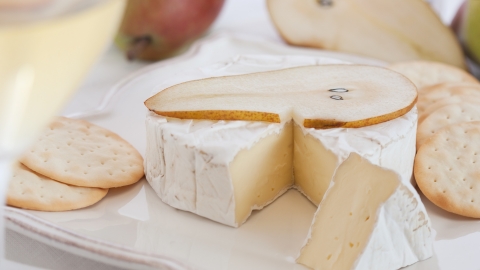America

Hoppin' John is a traditional New Year's dish that is especially popular in the American South. This dish consists of beans, vegetables cooked with pork and rice, eaten with cornbread. This dish symbolizes wealth and a bountiful harvest, with the beans representing coins, the vegetables representing green dollars and the cornbread representing yellow. According to cultural researchers, the dish is a combination of African and West Indian cuisine, and has been popular in America since the 16th century. The earliest recipe for this dish appeared in 1847 in the famous American cookbook, The Carolina Housewife, by Sarah Rutledge.
idea

In Italy, the tradition of eating lentils on New Year's Day is passed down from generation to generation. The people of the boot-shaped country consider this food to symbolize money and luck because of its coin-shaped shape. Lentils are often stewed, seasoned with spices according to each family's own recipe, and served with cotechino sausage. This is a fatty sausage made from pork with winter spices such as cloves, nutmeg, cinnamon... In addition to cotechino, zampone-stuffed ham hocks are also another popular choice for lentils.
Spain
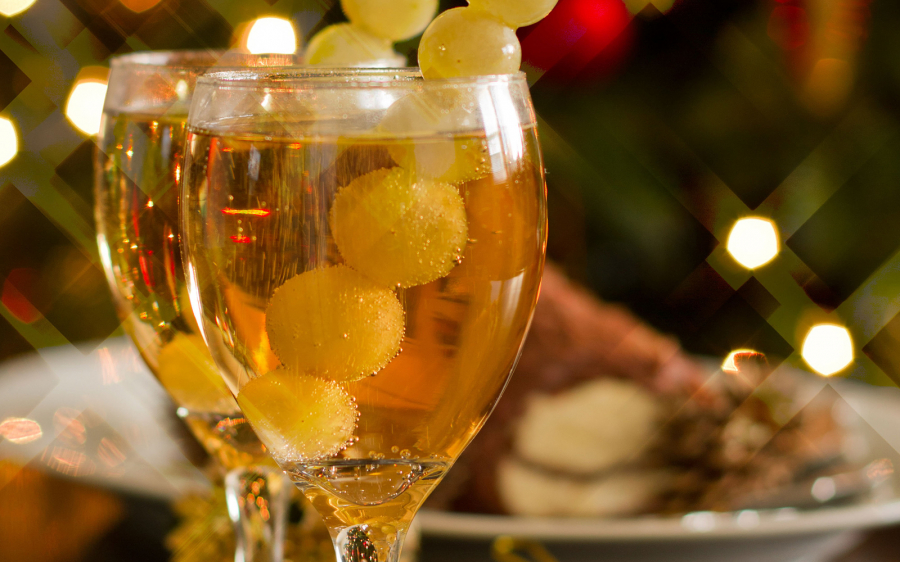
The Spanish have a rather interesting New Year's tradition, which is to eat 12 grapes during the first 12 bells of the new year. When the New Year has come, the church will ring the bells 12 times and everyone, from old to young, big to small, will gather together, eating each grape after each bell rings. This traditional custom began in the 20th century, when the grape harvest was so large that people needed to find a way to consume it all. Since then, this custom has been maintained and spread to many Spanish-speaking countries in South America. 12 grapes also symbolize the hope for 12 sweet months of the year.
Mexico
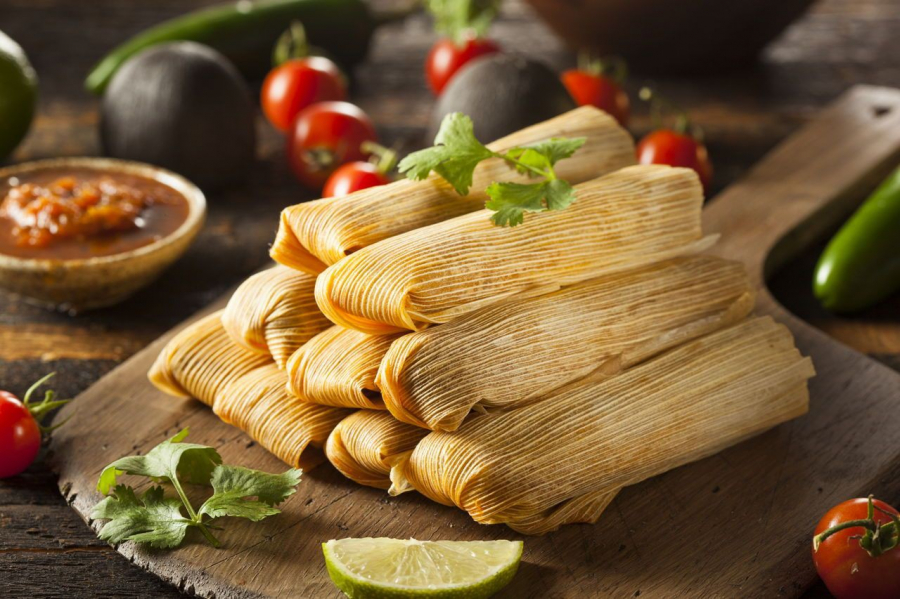
The Central American country of Mexico is famous for its unique corn dishes, and tamales are one of them. At first glance, they look like Vietnamese leaf-wrapped cakes, but tamales are corn dishes "from the inside out," with corn flour, meat, fat, vegetables, and cheese wrapped in corn leaves, then steamed for 2 hours.
Tamales have been a part of Mexican life for a long time and are believed to have originated from the Aztec, Mayan and Inca tribes. This dish appears in most special occasions in Mexico and New Year is no exception. At New Year's Eve, people here often have the tradition of the whole family gathering together and making Tamales for the New Year's party.
Netherlands

The Dutch celebrate the New Year with small, sugar-coated doughnuts called Oliebollen. Oliebollen means "Old and New", symbolizing the past of the old year and the new things of the coming year. Oliebollen tastes similar to donuts, consisting of flour mixed with raisins and apples, fried until golden brown and rolled in powdered sugar, making it sweet and delicious.
Japan
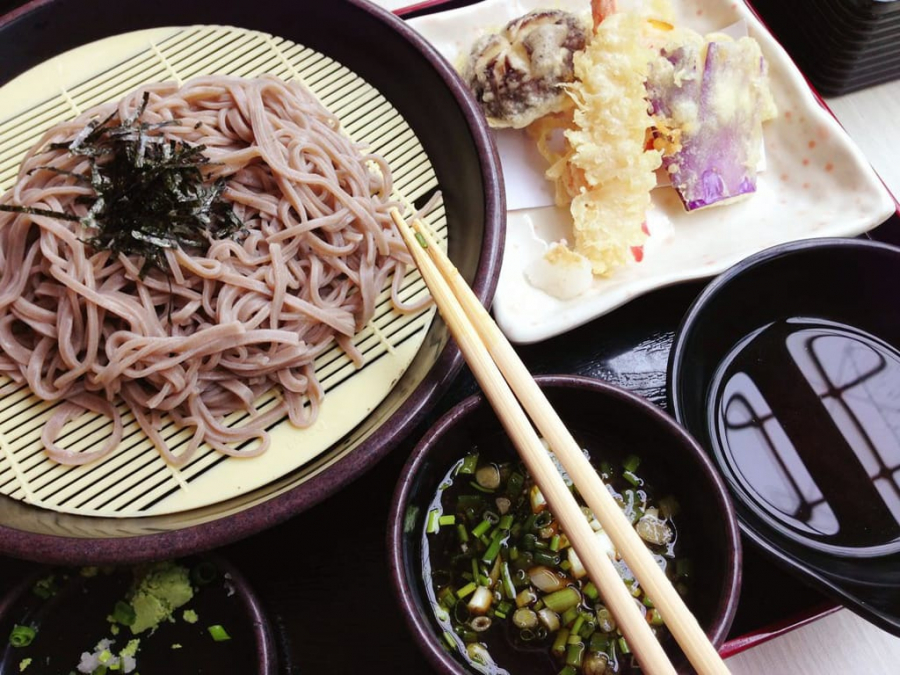
Unlike other Asian countries that celebrate the Lunar New Year, Japan celebrates the New Year based on the Gregorian calendar like Western countries. However, the traditional cultural features of the cherry blossom country are still preserved intact. One of them is the traditional dish toshikoshi soba, or buckwheat soba noodles, which Japanese families often eat at midnight on New Year's Eve to say goodbye to the old year and welcome the new year. This tradition originated in the 17th century, and the long noodles symbolize longevity and prosperity.

In addition, the Japanese New Year also has the tradition of pounding rice cakes, called mochitsuki, which is done by all family members. Glutinous rice and sugar are soaked, steamed and pounded into a smooth mass in traditional stone mortars and wooden pestles. The cakes are then pinched into small pieces by all family members and eaten after the main meal.
Poland and the Scandinavian countries
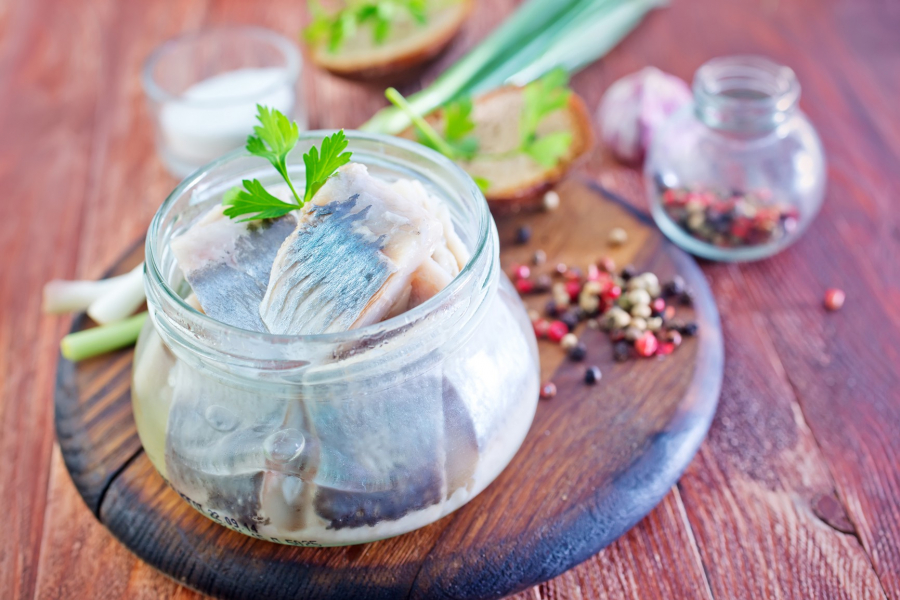
Herring is the most popular New Year's dish in Poland and Scandinavian countries such as Norway, Denmark, and Sweden. Herring is silvery in color, so it is eaten at midnight to wish for a prosperous new year. A popular Polish herring dish is Sledzie Marynowane - herring pickled in salt, onions, pepper, and white vinegar for 24 hours. Scandinavians often eat herring with pickles, onions, pâté, meatballs, and cream sauce in a large dish.
Denmark and Norway
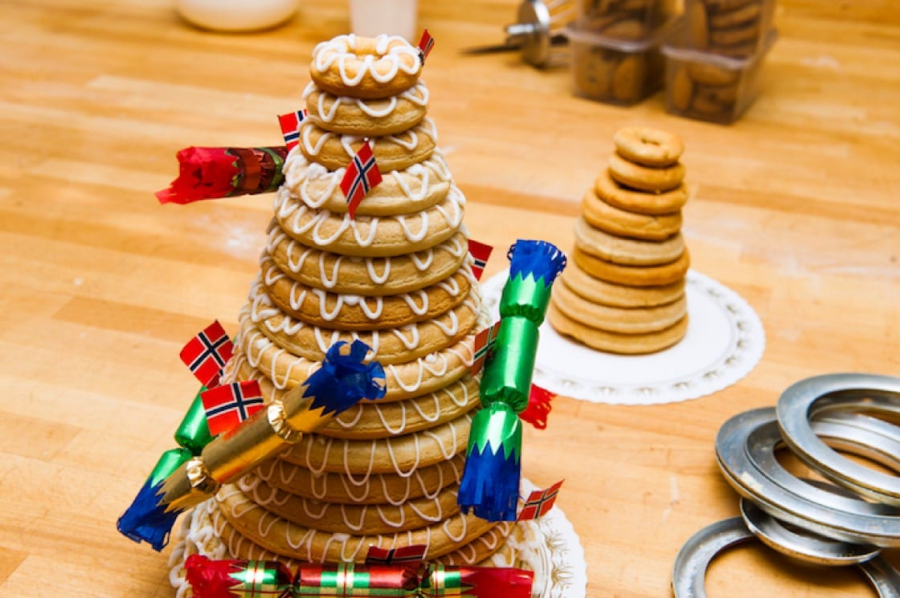
In addition to herring, Danes and Norwegians also eat a pretty sweet treat on New Year's Eve called kransekage, which means "wreath cake." It's a tall, cone-shaped cake with several small round cakes stacked on top of each other, forming a pretty tower. The cake is made with flour and almonds and is often decorated with small flags.
Türkiye
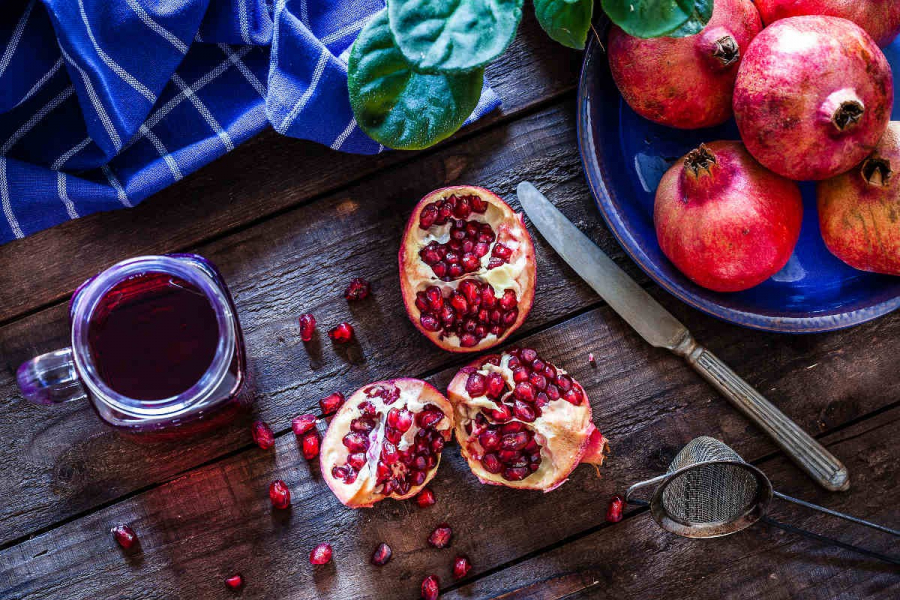
The red pomegranate is considered a symbol of good luck in Turkey. Traditionally, people smash the red pomegranates against their doors, and the bigger the fruit, the more luck they will have in the new year. People in Turkey also drink pomegranate juice with their New Year meals.
Greece
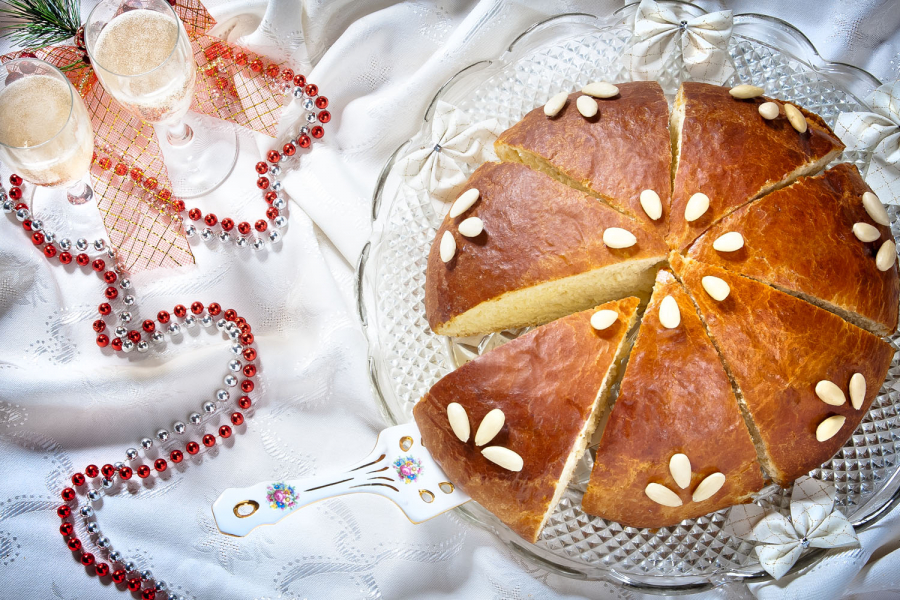
Vasilopita is a traditional Greek pastry, eaten on special occasions as well as on New Year's Day. It is also popular in some Eastern European countries where it is called "Saint Basil's cake" or "king's cake". The pastry is just a normal buttery pastry, but what makes it special is that it has a small coin in it, and whoever is lucky enough to catch the coin in their piece of pastry is considered the luckiest and happiest person of the year. Vasilopita is usually eaten at the moment of transition between the old year and the new year, and the cake will be cut in order from the head of the family to the youngest members.
France
France also celebrates the New Year with a "king cake" but not quite like Greece. Attractive with its golden color, cool and sweet with the almond cream layer and crispy in the mouth, the French king cake also attracts diners with a small baby statue, symbolizing the baby Jesus, hidden inside the filling. Folk belief holds that whoever has that statue in their cake will be crowned with a golden crown (made of paper) and have good luck all year.

In northern France and Quebec, the cake is called galette des rois (round or rectangular) and consists of thin slices of bread filled with frangipane (made from almond flour, sugar, butter, eggs), often served with white wine or champagne. In southern France, the cake is called gâteau des rois, consisting of daisy bread rolled into a scarf shape, the shape and color of which simulates a crown, full of the sweetness of candied fruit and sugar, very suitable to drink with muscat wine. This type of cake is also quite popular in Spain and has many similarities with the king cake of New Orleans.



















.jpg.jpg)

.jpg_0.jpg.jpg)




.jpg_0.jpg.jpg)
